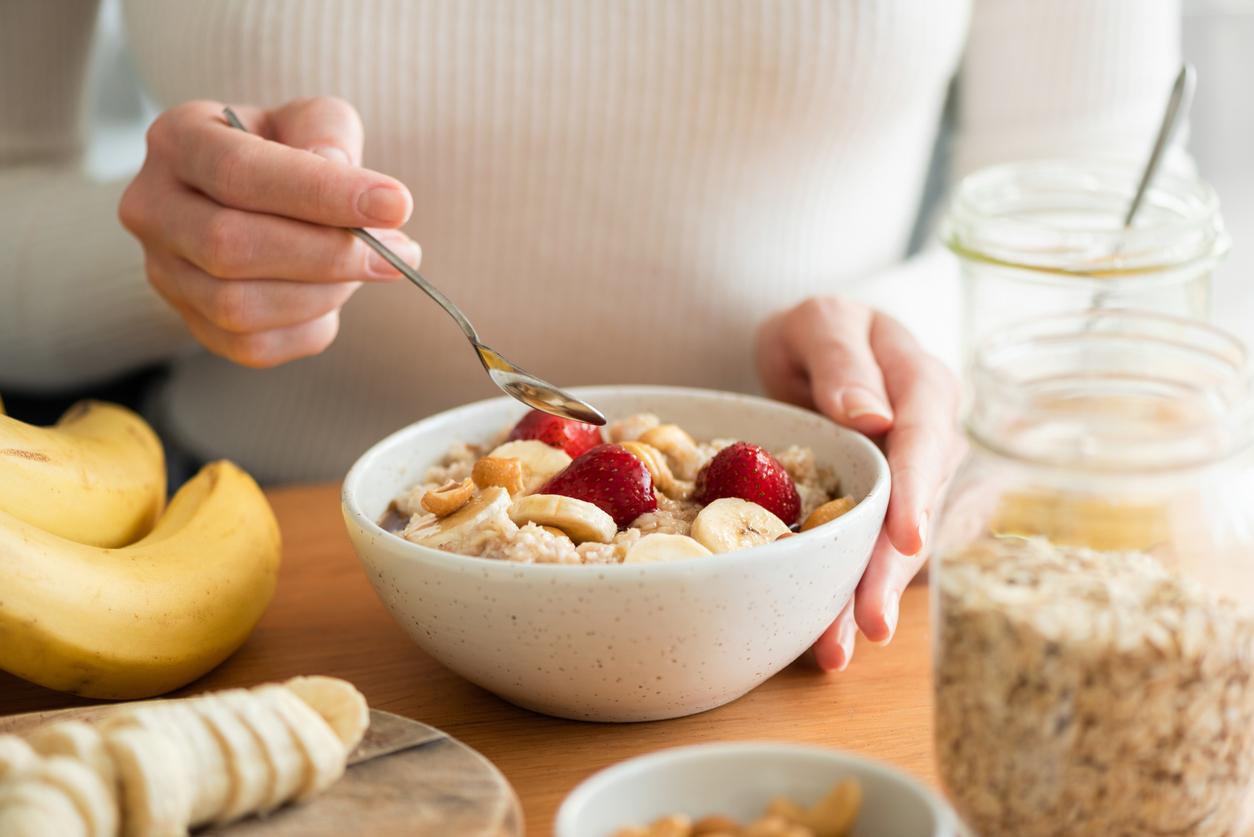
In 2021, Santé Publique France is updating its dietary recommendations for children under 3 years of age based on the opinions of ANSES and the HCSP. Because dietary diversification is a foundational stage in a child’s life, these new recommendations should make it possible to best support parents in this process.
Public Health France unveils its new recommendations on dietary diversification for toddlers
As part of its National Health Nutrition Program (PNNS), Public Health France is developing, based on the work of the National Agency for Health, Food, Environment and Occupational Safety (ANSES) and the Haut Conseil of public health (HCSP), national recommendations on diet, physical activity and sedentary lifestyle based on scientific data. In 2021, the public health agency thus formulated, with the support of health and early childhood professionals, new dietary recommendations for parents of children under the age of 3. These updates aim to provide the best possible support for future and new parents as well as health and early childhood professionals.
Food diversification, a founding stage in a child’s life
Dietary diversification is an essential step for children. According to Public Health France, “ the educational practices of parents, relatives and more generally of the social environment will contribute to the acceptance by the child of new foods during the period of diversification and will have an influence on his way of eating in the long term “.
Among the new recommendations for the dietary diversification of children under 3, Santé Publique France recommends:
- The possibility of introducing all food groups, including foods known to be allergenic (such as gluten, eggs, peanuts, dairy products) from the start of diversification, i.e. between 4 and 6 months, even in children at risk of allergy.
- The systematic addition of fats (alternate rapeseed, walnut, olive oils or from time to time a little butter) in homemade preparations or in those of the store which do not contain it. And for good reason, the lipid intakes of children under 3 years old are on average insufficient.
- The introduction of new textures from 6-8 months (about 2 months after the start of diversification): gradually switch from smooth purees or compotes to crushed foods, then to small soft pieces and then to chew. The aim is to stimulate the child’s learning to chew and his subsequent acceptance of solid foods.
- The possibility of alternating growth milk and whole UHT cow’s milk from one year old.
- The introduction of sugary products (such as confectionery, sugary drinks and cakes) at the latest possible age and in a limited manner because foods rich in sugars are hardly compatible with healthy eating habits.
In general, Santé Publique France recommends not to hesitate to offer a food up to 10 times because a baby may need time to appreciate it. However, the agency recalls that one should not force a child to eat and that one must trust the child’s appetite by being attentive to signs of satiation.















